Sealife guideThe many-ribbed jellyfishAequorea forskalea
Last updated on 08/20/2024 at 08:58 PM
Taxonomy
- Common name: Many-ribbed jellyfish, crystal jelly
- French name: Méduse équorée
- Scientific name: Aequorea forskalea (Péron & Lesueur, 1810)
- Family name: Aequoreidae
- Order name: Leptothecata
- Class name: The hydrozoans [Hydrozoa]
Description
The many-ribbed jellyfish is recognizable by its dark bell which features a network of brown to dark blue channels converging from the edges to the center. Long, slender tentacles extend from the bell. This jellyfish is a hydromedusa with a maximum diameter of up to 10 inches.
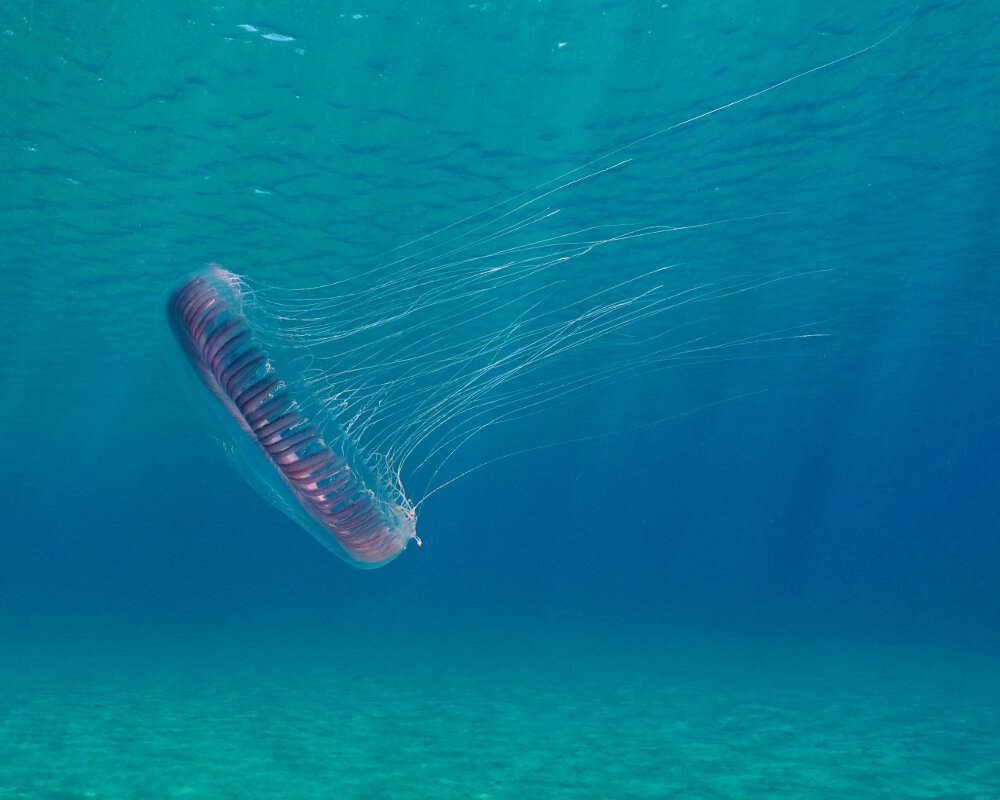
The many-ribbed jellyfish (Aequorea forskalea) © Seadam | Dreamstime.com
The many-ribbed jellyfish is not very stinging unlike its cousin the purple-striped jelly !
Geographic range
The many-ribbed jellyfish mainly inhabits the warm waters of the North East Atlantic Ocean, the Indian Ocean and the Caribbean Sea. It is only rarely found in the Mediterranean Sea where it has started to make occasional repeated appearances.
Diet
The many-ribbed jellyfish feeds on small prey that become trapped in its tentacles, which act like fishing nets.
Reproduction
Like all hydrozoan jellyfish, the many-ribbed jellyfish follows a reproductive cycle that alternates between asexual and sexual phases. Initially, polyps attached to the seabed in colonies transform into male and female jellyfish. These jellyfish then release gametes into the water, leading to the fertilization and development of larvae. These larvae settle on the seabed and form new colonies of polyps.
Did you know ?
Like other jellyfish species in the Aequoreidae family, the many-ribbed jellyfish also appears to be both luminescent and fluorescent, thanks to two proteins: GFP (Green Fluorescent Protein), which is responsible for fluorescence, and aequorin, which is responsible for luminescence.
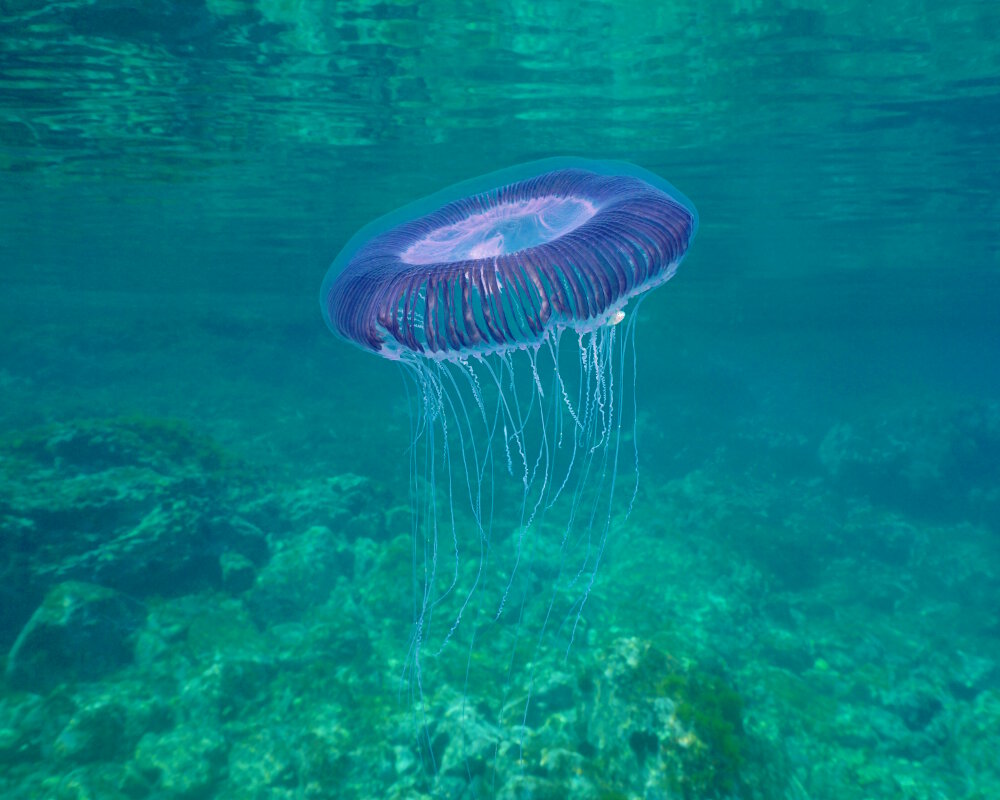
The many-ribbed jellyfish (Aequorea forskalea) © Seadam | Dreamstime.com
The Aequorea jellyfish can be subject to occasional parasitism in the gonads by an amphipod, Hyperia medusarum, particularly during the breeding period
The many-ribbed jellyfish were observed in large numbers floating at the surface along the southern coast of France between St Cyr sur Mer and La Ciotat, and some even washed up on the beaches in April 2021, as well as along the coast of the Pyrénées-Orientales in late May 2023.
When the many-ribbed jellyfish is found stranded on the beach with only its bell remaining, it resembles a bluish pineapple slice.
Discover also
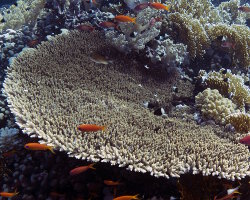
Acropora pulchra coral
(Acropora pulchra)
(Acropora pulchra)
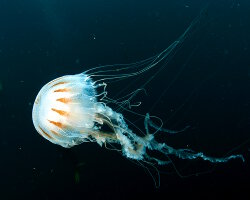
Atlantic sea nettle
(Chrysaora quinquecirrha)
(Chrysaora quinquecirrha)
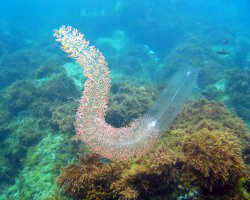
Big siphonophore
(Forskalia edwardsii)
(Forskalia edwardsii)
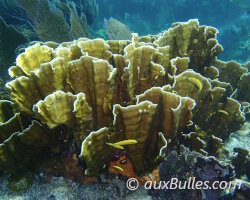
Bladed fire coral
(Millepora complanata)
(Millepora complanata)
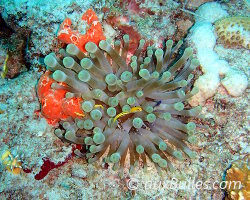
Giant caribbean anemone
(Condylactis gigantea)
(Condylactis gigantea)
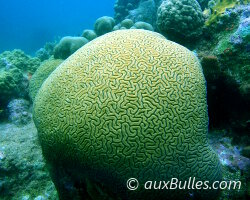
Labyrinthine brain coral
(Diploria labyrinthiformis)
(Diploria labyrinthiformis)
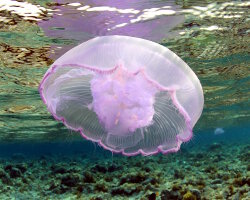
Moon jellyfish
(Aurelia aurita)
(Aurelia aurita)
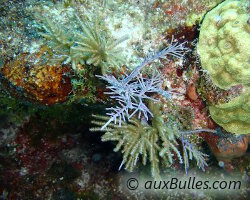
Slimy sea plume
(Antillogorgia americana)
(Antillogorgia americana)
Our latestUpdates

Friday, December 12th 2025
Christmas magic at Disney hotels
Experience the magic of Christmas at Disney hotels: enchanting decorations, giant Christmas trees, dazzling lights and a festive holiday atmosphere.

Friday, November 28th 2025
Disney Hollywood Studios, from Star Wars to Toy Story
Dive into the magical world of Disney's Hollywood Studios: Star Wars and Toy Story attractions and shows for the whole family.

Wednesday, November 19th 2025
Tenerife island
Tenerife, the largest of the Canary islands, is a volcanic gem in the Atlantic ocean. It boasts an incredible variety of landscapes, from golden or black sand beaches to the subtropical forests of the Anaga mountains and the majestic Teide volcano, Spain's highest peak. With its picturesque villages, rich local culture and countless outdoor activities, Tenerife is a perfect destination for every type of traveler.
Photo of the Day
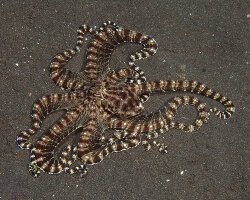
Pieuvre mimétique
(Thaumoctopus mimicus)
(Thaumoctopus mimicus)
